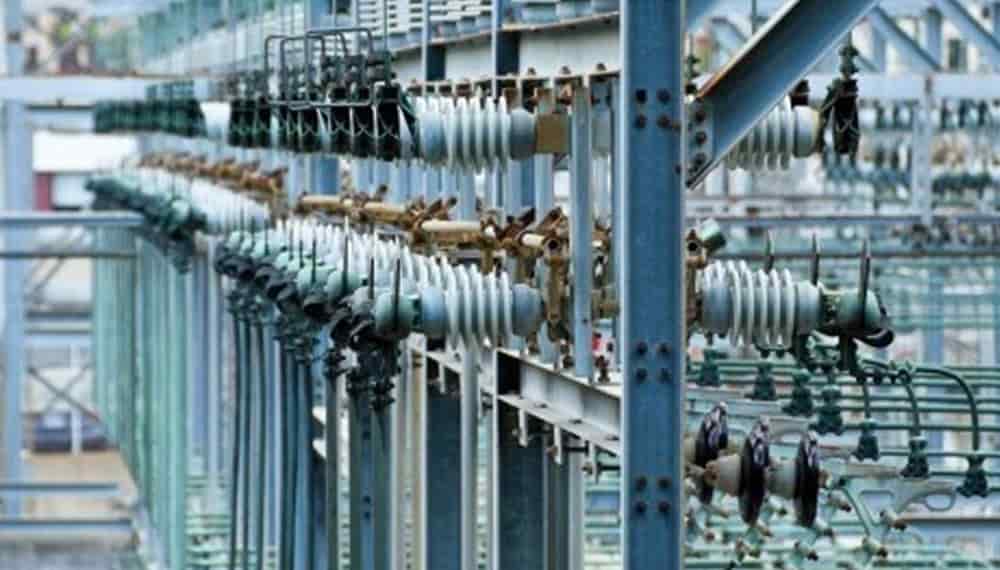According to research by the International Energy Agency, energy consumption in the Asia-Pacific region is predicted to increase by about 3.4% in 2022, which is a decrease of nearly one percentage point from the initial 2022 prediction. As per the IEA, the reduced economic expansion, high energy prices, stringent sanitary regulations, and prolonged consequences of the coal shortage for power generation are the key causes of the downward revision.
The IEA predicts that this year’s demand will rise by 3% in China. With zero-COVID strategy measures put in place in response to new outbreaks, China saw a decline in April and May, which had a negative impact on energy consumption and forced some industries to scale back their operations. As a result, China reported an increase of 0.5% year over year for the first five months of 2022.
The prognosis for the remainder of 2022 is still very hazy and will be influenced by how strict sanitary regulations are. A rise in overall demand could result from a possible change to China’s dual control policy, which would replace limits on total energy consumption and energy severity with limits on total CO2 emissions and carbon intensity, the report added.
It noted that a growth in total demand above the current caps is achievable if renewables provide the extra demand. India’s demand, on the other hand, is anticipated to increase by 7%, up from the prior prediction of 6%, as a result of the country’s recent heatwave. When temperatures rise to up to 50 degrees Celsius, more people use air conditioning, which increases demand for electricity and leads to supply shortages, according to the agency.
The IEA forecasts regional demand to climb by about 4% overall in 2023, making up for some of the 2022 decline. The rebound from reduced demand in 2022 is predicted to help China’s power demand increase by more than 4% the following year. The IEA lowered its growth prediction for India from 6% to 5% for 2023 because of the effects that high prices around the world are expected to have, as well as a change in 2022 that will stop a temperature-driven rise.




































